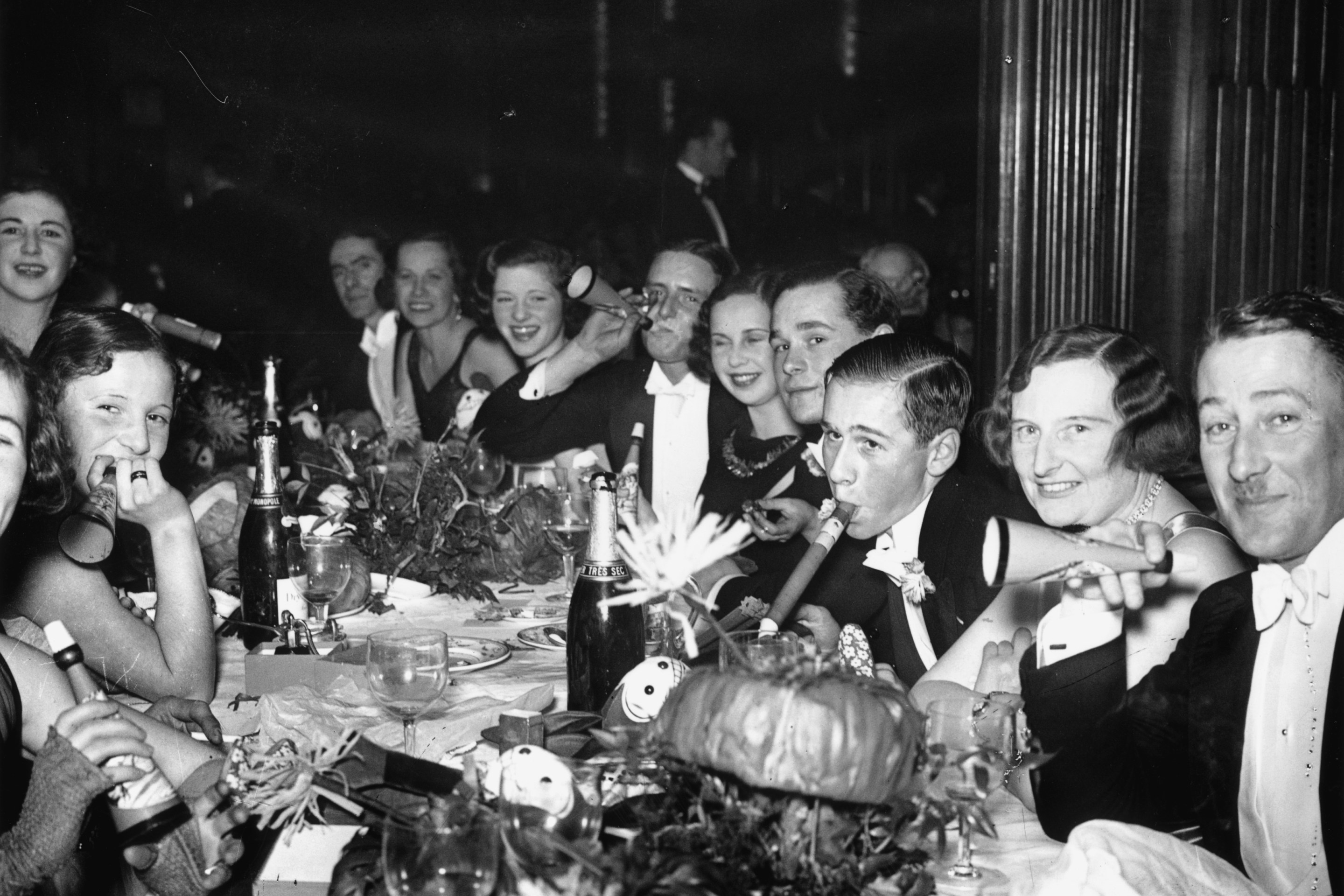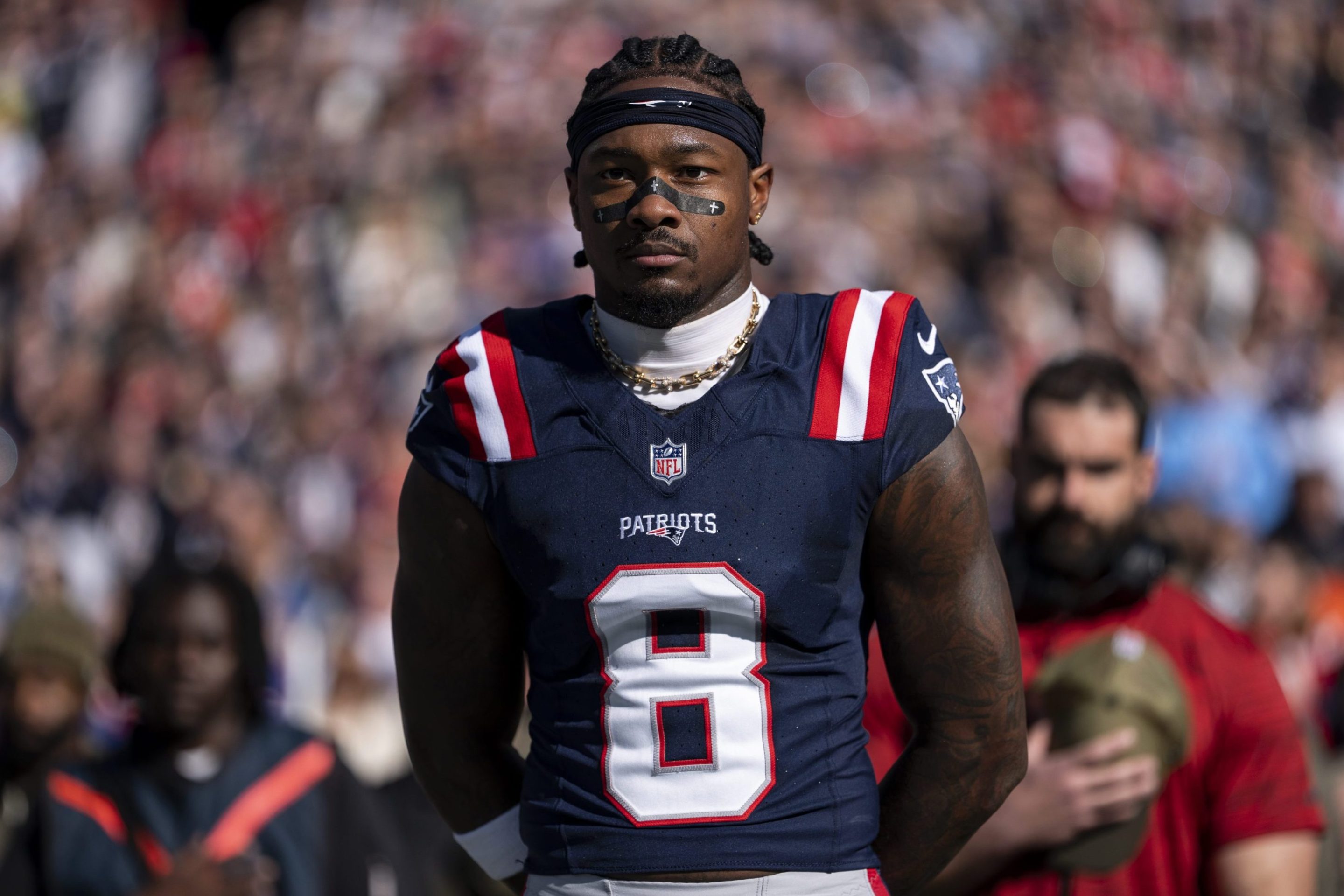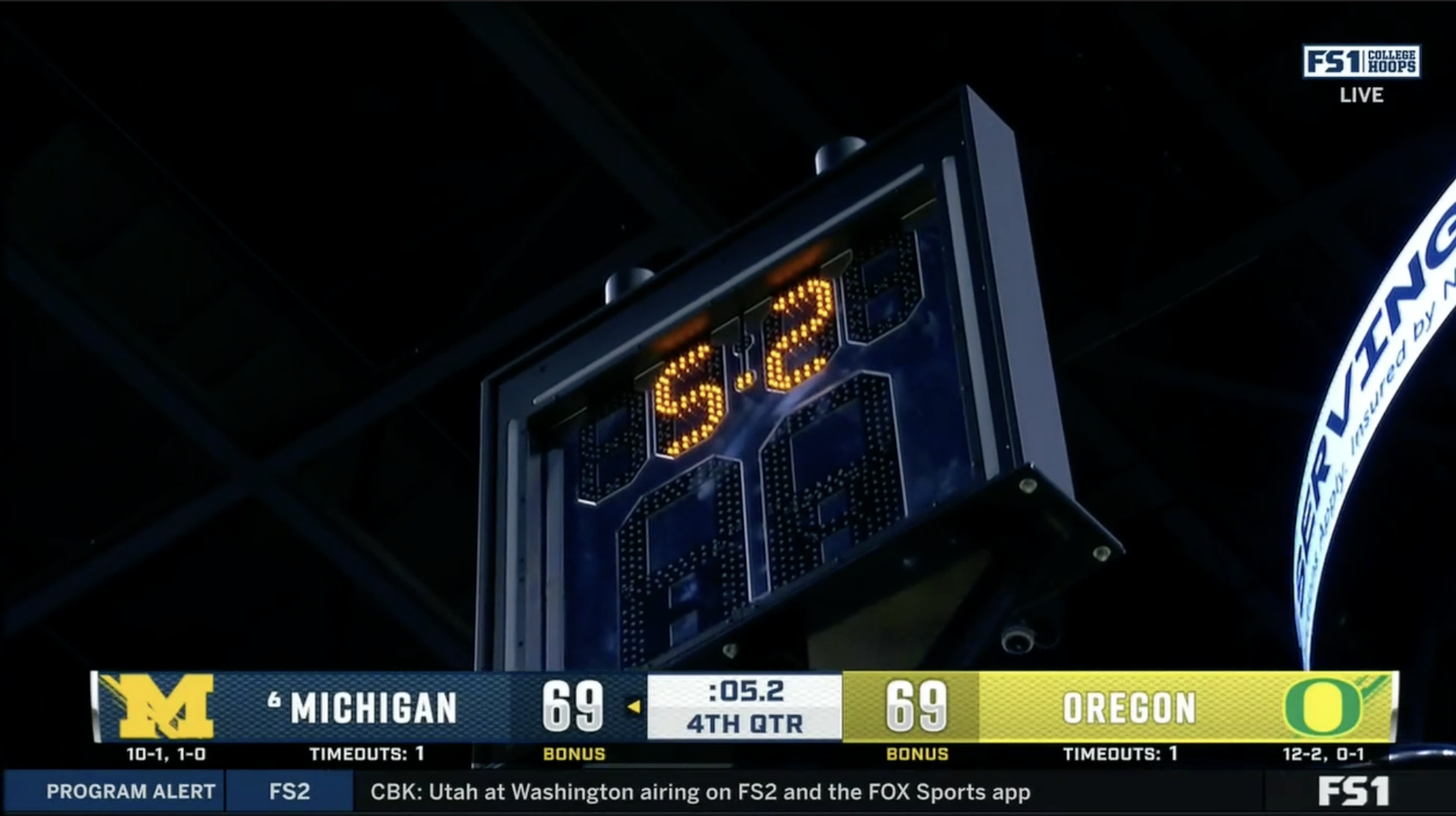Let's face it: We have been living through a pop-cultural age—particularly in cinema—made in Quentin Tarantino's image. Before Marvel, before George Lucas sold Star Wars to Disney, Tarantino made nerd culture mainstream, showing that a movie- and culture-obsessed kid could bring that obsession to life in their own art, to great success.
Tarantino wasn't the only one, of course. He was part of a generation of auteurs who were the right age to have grown up watching TV their whole lives, who made post-modernist art that seemed to be just as much a commentary on the things they consumed as they were new and unique works in their own right. Tarantino was just the first one to hit the jackpot, emerging in the early '90s with the showy directorial debut Reservoir Dogs and two buzzy scripts eventually adapted by big-name filmmakers Tony Scott and Oliver Stone. Then, in 1994, he cemented his place at the front of this new wave with Pulp Fiction, one of the finest independent films of the decade, a cultural earthquake that is still felt to this day.
And yet, for as much as Pulp Fiction and Tarantino influenced the films that have come in its wake, it's always been interesting to note how little Hollywood actually learned from it. To paraphrase screenwriting sage William Goldman, nobody in the movie business knows anything about why things are or aren't successful—a fact that has certainly driven all the finance people there up a wall. Because of this lack of understanding, the industry just tries to copy the most recent successful thing in more and more insultingly simplistic ways.
The conventional wisdom following Pulp Fiction was that people wanted violent movies filled with cool, well-dressed criminals, sexy ladies, and characters who spoke in the cultural banalities of the proverbial water cooler. That people wanted pop culture that was about pop culture, and movies that were aware of the fact that they were movies. This thinking wound up producing a catalog of cynical films that used references and cultural signifiers in place of things like character and story, where the audience was supposed to ignore being talked down to and instead pat themselves on the back for all the references they picked up on. It was a sad state of affairs, and a particularly unfair one to attribute to Tarantino's legacy, because what actually set him apart was the way he—even more than Scorsese, Fellini, or Lynch—made films that worked the way his brain did. Tarantino's movies reflected one man's singular viewpoint, validating auteur theory's conception of the director as a movie's one true author. There's no way to come away from any of his movies and not have a sense of the person behind it, even if the impression was a negative one. In fact, negative impressions were welcomed as a sign of his work's rebellion against mediocrity and indifference.
To Hollywood's more conservative-minded execs, producing more of such singular and personality-driven movies would seem like a terrible idea, what with the risk that you alienate the large swathes of the audience who don't share or even like that particular point of view. But in reality, that kind of stuff often does well. People gravitate toward strong, singular voices regardless of how much they relate to them, and I suspect it's because most people do not have that same kind of distinct, singular perspective of their own. People tend to go along with whatever everyone else seems to be enjoying, whether that's a type of food or the latest big pop song or a fashion trend; people are afraid to look stupid and want to be thought of as "with it" more than they want to have their own opinion on what "it" even is. When someone brings you into their world and tells you with conviction what they believe, it's compelling. Tarantino's catalog speaks to a film nerd's perspective on movies and culture and what matters and what doesn't: whether it's gangster flicks and 1950s cool (Reservoir Dogs, Pulp Fiction), Blaxploitation films and Elmore Leonard crime novels (Jackie Brown), Hollywood history and myth-making (Once Upon a Time... in Hollywood), or kung fu movies and Westerns, like both volumes of Kill Bill.
To me, Kill Bill has done more to change the action blockbuster than any other movie of its generation. It was an homage to action B-movies, self-aware about its own status as one. It used the conventions of big-budget action films with the arch deconstructionism of indie cinema and knowing pop-culture references for an in-the-know audience. Which is a little funny, since the film, despite its success and popularity, isn't usually considered one of Tarantino's masterworks. It's not dismissed in the ways that The Hateful Eight and Death Proof are, but it's also not venerated on the same levels as Pulp or Inglourious Basterds or Django Unchained. But there's a magic to Kill Bill that I noticed when rewatching it recently, and it's something that has been imitated but never quite replicated.
Kill Bill is a revenge fantasy that tells the story of an at-first Jane Doe figure, simply referred to as "The Bride," played by Uma Thurman. The Bride is a pregnant woman in Texas with plans for a shotgun wedding to some dope in a church, alongside a gaggle of girlfriends, when all of a sudden her ex-boyfriend arrives alongside four assassins, who murder everyone in the venue—or so the killers think, not realizing that The Bride survived the onslaught. The bullet in The Bride's head puts her in a coma for four years. She suddenly awakens, immediately grieving her lost child, and furious at the people who took away the new life she was on the cusp of starting. The Bride isn't just some ex-girlfriend of this titular Bill (David Carradine); she was also one of his assassins, arguably the best of them. And now that she is awake, she is ready to rampage against them all. It's the kind of pulpy, B-movie plot that Tarantino loves, a bloody revenge thriller in which a wronged party in an unfriendly world will get justice on their own terms. Kill Bill is a mishmash of Tarantino's cultural north stars: kung fu movies, Sergio Leone westerns, Japanese culture and iconography, the Wu-Tang Clan, comic books, '60s TV shows. It's all cooked up to make a film that is both deeply personal and expertly curated.
Although Tarantino has always maintained that Kill Bill is one complete movie split into two parts, the films are distinct from each other in interesting ways. Volume 1 is all highly choreographed, highly stylized action set pieces. Thurman as a badass ninja warrior, rampaging through Tokyo in an iconic Bruce Lee jumpsuit, brandishing a mystical sword crafted by Sonny Chiba. For as brilliant and fantastical and well-crafted as it is, the first time through, it can feel very apparent that you're only watching half of a movie. Kill Bill was early to the idea of using multiple movies to tell one complete story. Volume 1 is distinctive for the way it uses spectacle and action for world-building.
When Volume 2 arrives, it is seemingly exhausted by all that spectacle and instead falls back on drama and dialogue. The closer The Bride gets to Bill and to closure, it becomes less about revenge than settling all this trauma in the air between characters. I think that's also part of the reason you don't get the payoff of learning that The Bride's name is Beatrix Kiddo until just before her fight with Elle Driver (Daryl Hannah), Bill's rebound girl and Beatrix's bizarro self, in a very comic-book turn. When the fateful meeting between Beatrix and Bill takes place, the pair even comment on the idea of having a big stylized fight on the beach under the full moon, though instead they have the sort of breakup conversation they probably should've had way back when. Not that it makes a difference in this world of killers, but it clarifies that very human desire to understand another person, and the very human inability to do so.
Kill Bill's DNA can be found in many of today's action blockbusters, but just as Pulp Fiction inspired the industry to churn out a bunch of cheap knockoffs, much of that DNA has been corrupted in obvious and stupid configurations. The genre-mashing, pop culture trivia–spewing, self-aware movie with flashy editing and "surprising" music cues and ironic humor has become utterly played out. Let's have a gun fight set to a popular Britney Spears song—wouldn't that be so clever? I love dumb blockbusters as much as any red-blooded American, but it's helpful to watch older movies so that you can really notice just how lazy the new stuff has gotten.
For as influential as Kill Bill is, there's a lot about Volume 2 that some of these blockbusters could learn something from—pacing for one thing, but also how to make character, story, and dialogue as much a part of the spectacle as the action. Michael Madsen, playing Bill's brother Budd, giving his last words to Bill have stuck with me much more than anything from the Crazy 88 fight. Even the thesis that Bill, very obviously transcribing the brain of Tarantino himself, lays out about Superman has real staying power.
But Hollywood likes to cut corners on things that require real work and a human touch, which is why they seem so desperate to replace everyone with AI. Kill Bill was a hard undertaking. It was particularly brutal on Thurman, who was expected to master a lot of choreography and fight technique and absorb a lot of violence and also dangle her bare feet the entire movie for a notorious feet guy. She nearly died in a car crash while filming, and the whole experience seemed to have drained a lot out of her. People still wonder about the state of her and Tarantino's relationship, seeing as she hasn't been in a project of his since (though her daughter, Maya Hawke, appears in Once Upon a Time... in Hollywood). It was a real sacrifice to get that movie done, which serves as a good reminder that great films really are miracles, and also that Hollywood is less and less interested in being in the miracle business.







